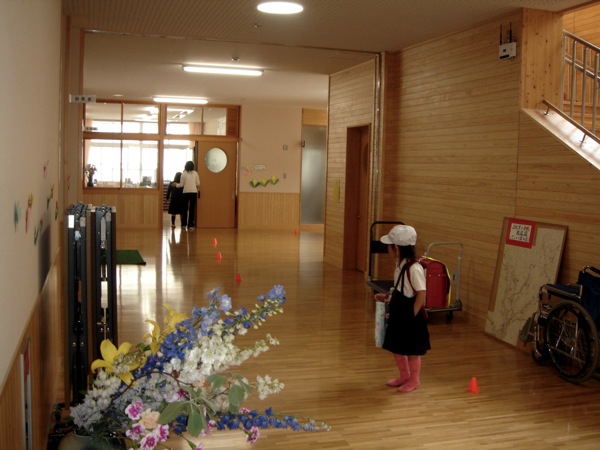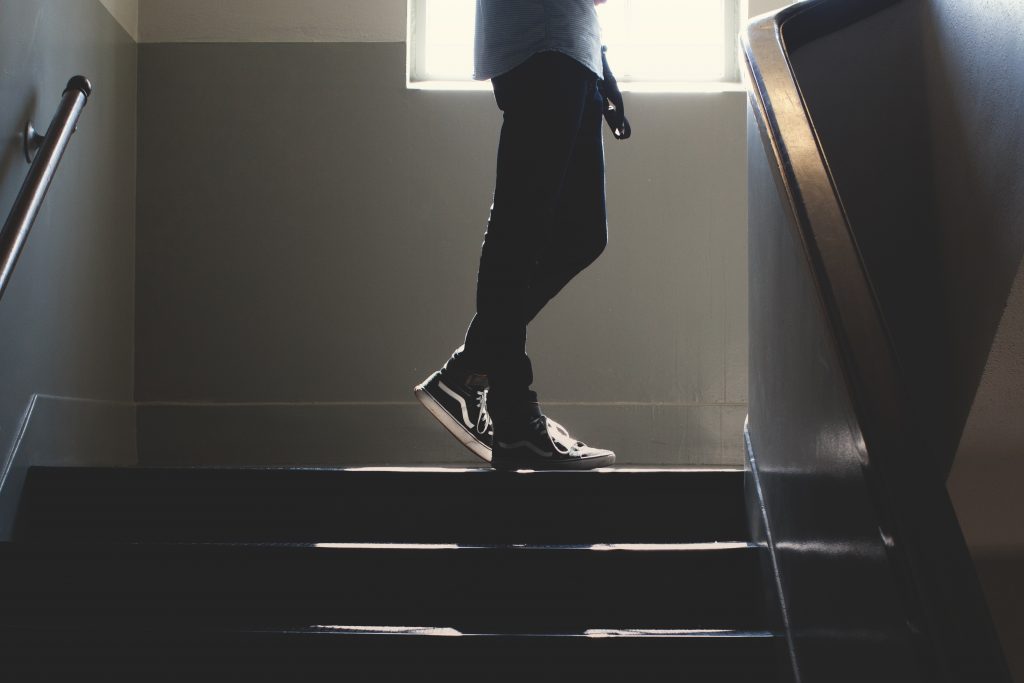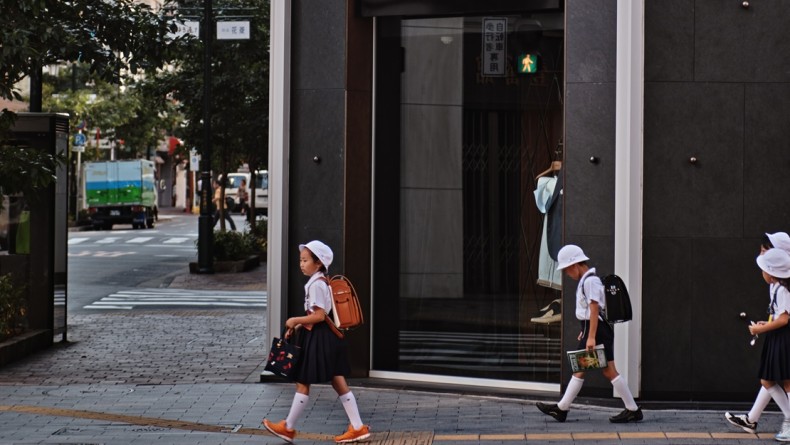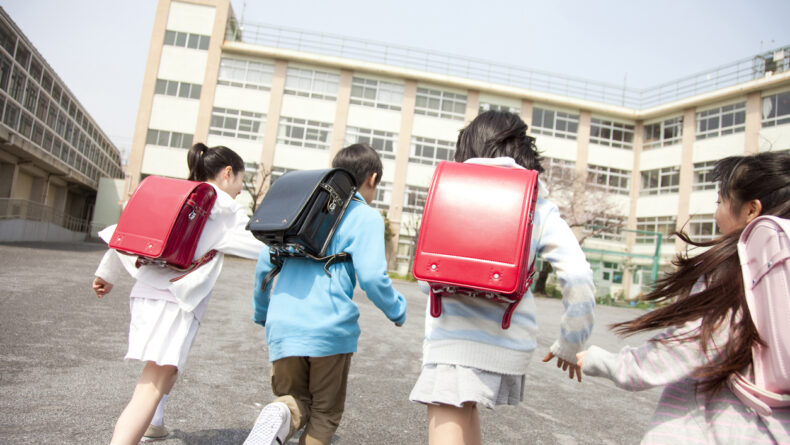Bullying in Japanese Schools
Modern Bullying Attacks Not Just The Odd Ones Out
The Japanese word "ijime" sounds much more sinister than its English translation, bullying. For today’s Japanese parents, their experience of bullying was back in the days when the kid who was a bit different was the main target—and the other children could rest easy. Today however, every child is a potential victim of modern bullying. Recent increased efforts by educational institutions to resolve and eradicate the harassment offer some hope.
Bullying in Japanese schools, or ijime, is an entrenched problem. A study by the Tokyo Metropolitan School Personnel in Service Training Center in 2013 found that 66.2 percent of the more than 9,000 children it surveyed had been bullied. Hinting at just how murky the waters in which school bullying here resides, nigh on half of the children—46.9 percent—had experienced both inflicting and receiving it. To the degree that modern bullying attacks not just the odd ones out, the pressure on foreign or part-foreign children in Japan may have decreased compared to previous generations, but the odds are not in their favor—nor in anyone else’s.
Japan’s Ministry of Education, Culture, Sports, Science and Technology (MEXT) has been tracking reported cases of ijime since 1985. Although it has gradually altered its definition along the way, it has always said bullying will be considered as such no matter if it occurs at, or outside of, the school.
The current definition goes something like this:
Ijime is an act by a student, or students, toward another student that inflicts some physical or psychological consequence causing the receiving child mental or physical suffering.
Cruel intentions
Whether suffering has been caused or not is judged based on the standpoint of the child who has been bullied. It’s a broad definition aimed at encompassing the diverse nature of today’s cruel tactics. Research by MEXT on problematic student behavior in the 2014 school year found that the vast majority of bullying, 64.5 percent, was reported as teasing, insults, threats and other nasty comments (usually endlessly repeated and impossible to ignore).

In second place, at 22.2 percent, was hitting and kicking disguised as playing.
The third most reported form, at 19.1 percent (and perhaps the one often regarded as quintessentially Japanese bullying), was being ignored by the rest of one’s peer group or excluded from it.
Fisticuffs made up just 7.5 percent of reported cases.
Most forms of modern bullying leave no visible signs, and some camouflage it in ambiguity. It includes actions that might otherwise be regarded as just fooling around, such as hiding a person’s bags or shoes, or scribbling on their books. In many cases, the rest of a group or class bullies a single child and may even band together to deny those actions if questioned by a parent or teacher. For the bullies, being one of a group of people doing the same thing diminishes their sense of responsibility for their actions, the government’s public relations website says.
The internet has provided new and anonymous forms of ijime, further advancing the bullies’ sense of it being a game. Victims may find slanderous comments about them on a blog or chat site, or have photos or their address posted online, or repeatedly receive insulting email messages.
A look at when bullying occurs reveals one answer as to why it occurs. MEXT research shows that cases rapidly increase from grade five of elementary school through to junior high school, with the majority of reported incidents emerging in the first grade of junior high school. That period—around 13 years of age—coincides with adolescence and the physical and emotional growth of children, particularly the formulation of self-identity. Kids’ growth on the physical and emotional levels at this time can cause them stress and dissatisfaction, and bullying acts as an outlet for those feelings, according to the government website information.
The Tokyo school personnel training center research saw 61.1 percent of surveyed students cite stress as the cause of ijime. Many bullies have issues at home or at school that are causing them stress, worry or a sense of inferiority and they release those frustrations via their attempts to control others or attack them, the government website says.
Taking a stand
The dynamics of ijime include not only the bully—or bullies—and the victim, but also those nearby: onlookers who fall into two categories, the audience and the bystanders. The audience enjoys the show that the bullies put on. Bullies interpret that enjoyment as support for their actions and that intensifies their actions. Bystanders pretend they haven’t seen what is going on, most often because they fear that voicing objection to it will make them a target. The bullies interpret this as implicit support. Many experts say that the actions of the onlookers can change the direction of ijime. If students could see that, in the long run, verbally objecting to the bullies helps their own situation because it weakens the bully and his actions, a key mechanism of ijime would wind down—but that’s a hard ask for a young child. The social view of ijime has been a dark one: inhumane actions shrouded in silence and impossible to resolve. If there is no prospect of a solution, there is little incentive to report it to a teacher or parent.
In 2013 Japan passed the ijime prevention methods promotion law, which requires schools to take specific steps to prevent bullying and enable its early discovery. The law was passed after public outcry over the handling by a junior high school in Otsu City, Shiga Prefecture, and the board of education there, of the 2011 suicide of a second-grade student who was being bullied intensely. The school initially denied that such actions had occurred. When questionnaires that it conducted to its students after the suicide returned numerous accounts of bullying of the boy, it tried to keep the information secret. When such accounts eventually emerged in news reports, the board of education downplayed the answers as being only heresay. A number of students said in the questionnaires that the boy’s homeroom teacher had been aware of the bullying—had even witnessed it and laughed about it. Numerous other accounts said the boy had been repeatedly punched and kicked, told to die and forced to “practice” committing suicide almost daily. It was widely considered that both the school and the local board of education had attempted to cover up the bullying, its connection to the child’s death—which occurred at home—and their responsibility for the events.

The new law aims to prevent the reoccurrence of the structural problems that allowed the Otsu City boy’s case to go unchecked. It places responsibility for bullying on the national and local authorities and schools, requires regular investigation at schools (usually in the form of questionnaires to students) to identify cases, requires teachers to report those to the school and requires a dedicated system for gathering information on suspected ijime and reporting of that to the local board of education.
Although some serious cases of bullying have come to light even after its introduction, the ijime prevention law is at least a step in the right direction. It is helping to bring the problem out of the shadows so that we can see what is going on. Under MEXT’s instruction, teachers are taking the stance—and teaching students—that ijime is unconscionable. The history of it so far has taught us that even though students may downplay it as just a little slap or joke just like all the other kids are doing, every act of bullying causes pain. To uphold our own sense of morality against an opposing wave—during adolescence of all times—may be one of life’s toughest tasks, but in the end, it is the only way forward.
What you can do
So our children need our support. Make it a habit to talk with your child about her day and things that have happened at school so that she feels comfortable coming to you if she has a problem. To prevent raising a bully, help your child experience compassion and caring for others from an early age.
If you suspect your child is being bullied but not saying so, ask him how he is spending school recess periods and with who, and ask how his good friends are doing lately. Signs of bullying include silence, reluctance to attend school, end of contact with good friends, less talk about school and friends, as well as stealing money from home, unexplained bruises, damaged school supplies and excessive concern about emails and mobile phone calls.
If your child encounters bullying, listen carefully to what he says and how he wants to approach the problem. Talk to his homeroom teacher and be sure that the principal is also aware of the issue. You will need to work closely with the school to overcome the problem.
Here are some options if you want to seek advice from other sources, too:
- The Tokyo Metropolitan Education Consultation Center holds English phone consultations every second and fourth Friday of the month between 1 p.m. and 4 p.m. (Tel: 03-3360-8008). This free service can also arrange an in-person consultation. It is closed on public holidays.
- In Japanese, there is a daily 24-hour service called Tokyo Metropolitan Ijime Consultation Hotline (Tel: 0120-53-8288).
- TELL Lifeline can help both children and parents in English from 9 a.m. to 11 p.m. (Tel: 03-5774-0992).
- Japan Helpline is a non-profit English-speaking service that runs 24 hours a day. (Tel: 0120-46-1997 toll-free or 0570-000-911).















